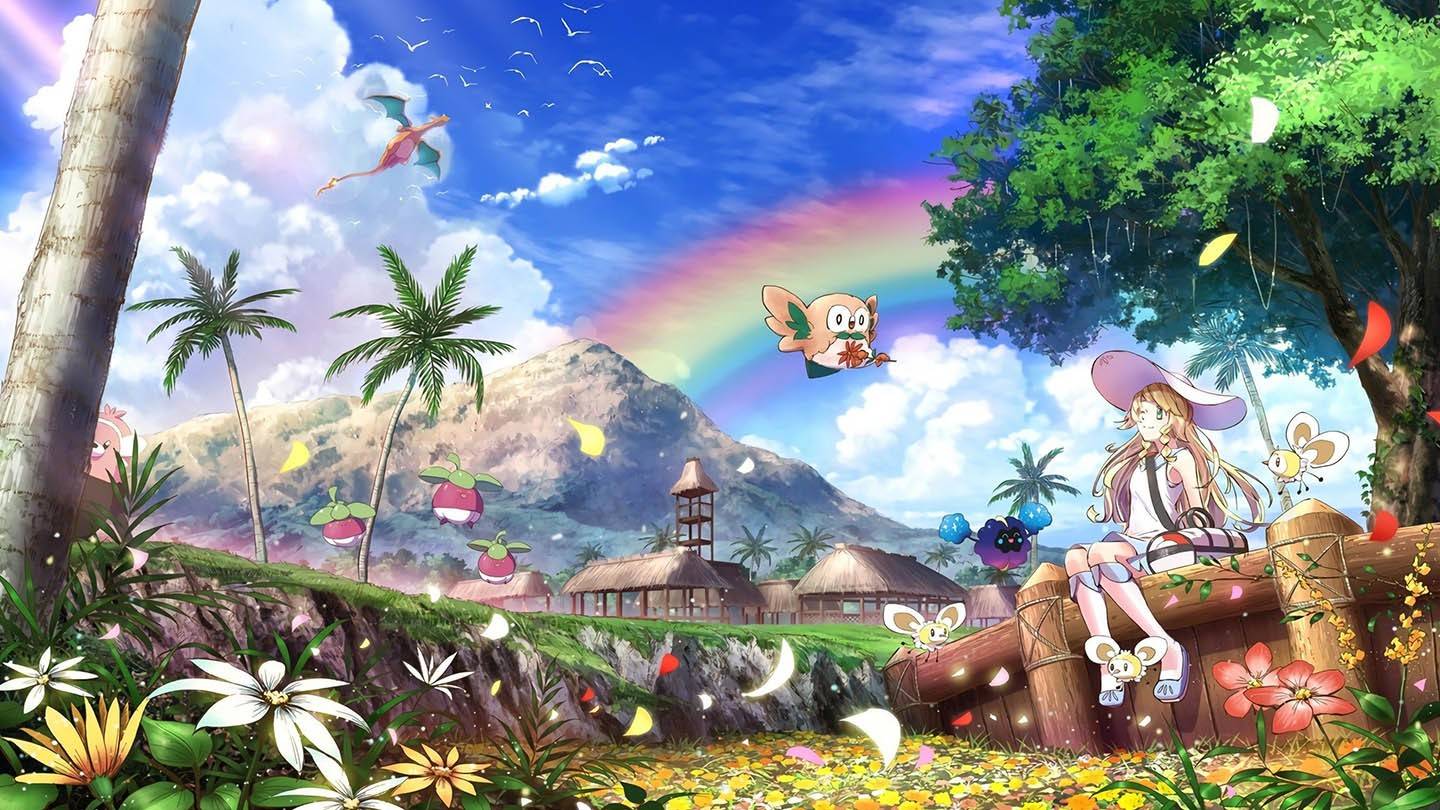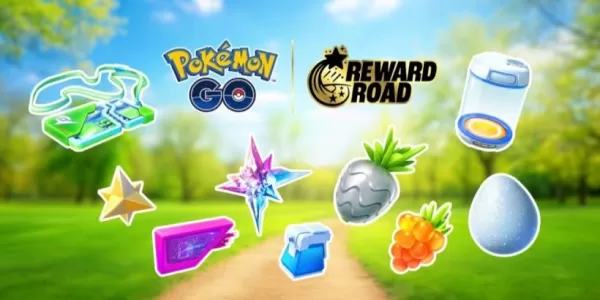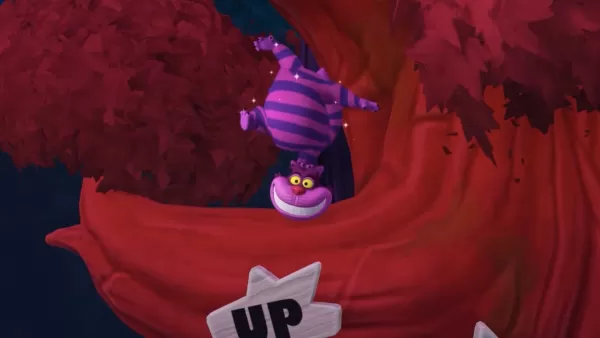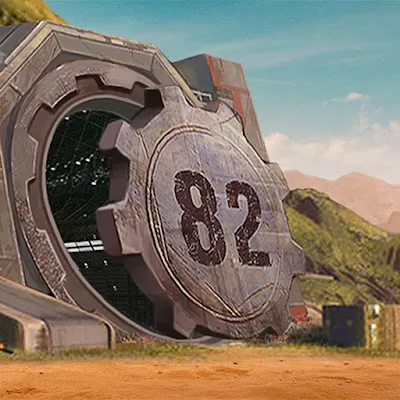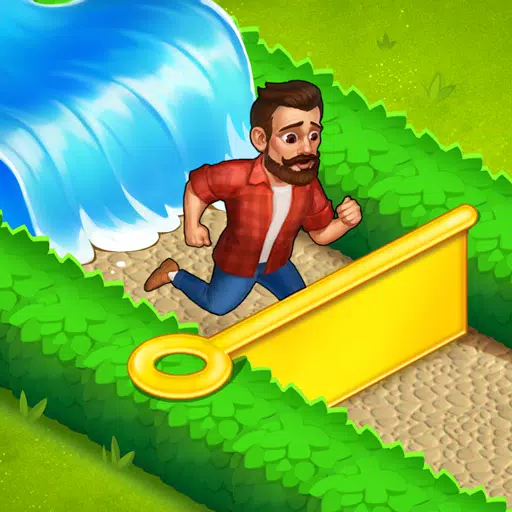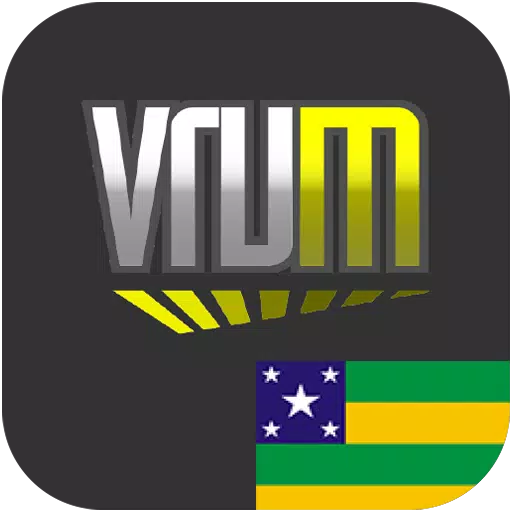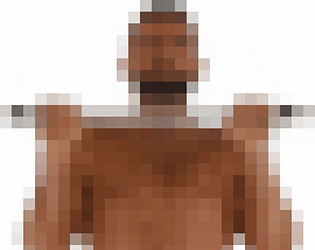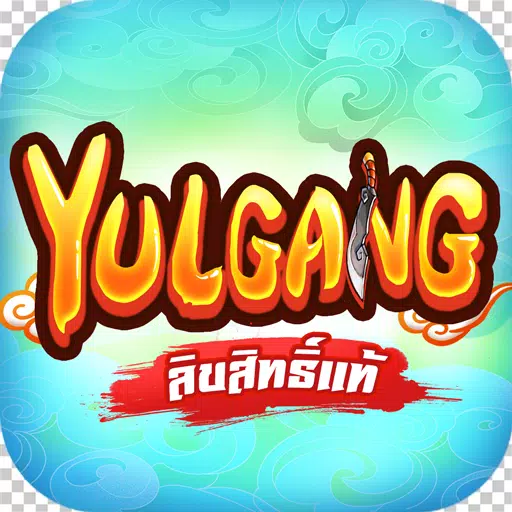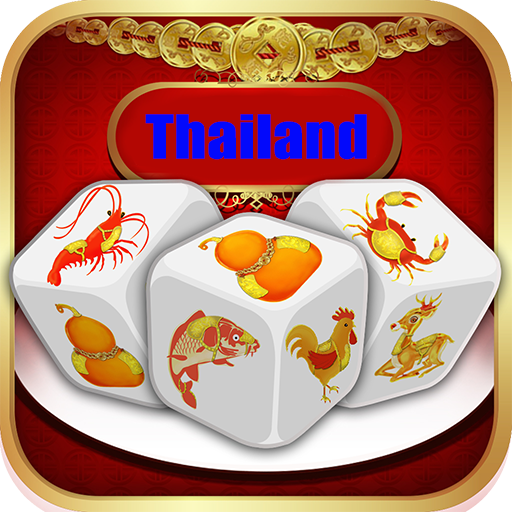

Across arid deserts, thriving woodlands, erupting volcanoes, and frigid tundras, the Monster Hunter series has always showcased diverse environments, each hosting unique ecosystems shaped by distinctive creatures. The thrill of exploring uncharted territories while tracking prey remains a core joy of the Monster Hunter experience.
The Blazing Oilwell Basin
Monster Hunter Wilds continues this tradition with its third revealed locale: the scorching Oilwell Basin. Following the Windward Plains and Scarlet Forest, hunters now confront a treacherous landscape of molten lava and viscous oil deposits. Despite its initially lifeless appearance, the basin teems with small organisms beneath its surface and bears traces of an ancient civilization.
Director Yuya Tokuda describes the basin's dynamic nature: "During the Fallow period, the area brims with mud and oil. When the Firespring weather phenomenon occurs, these deposits ignite and burn away. During Plenty phases, the resulting soot clears to expose hidden minerals, microorganisms, and remnants of artificial structures."
Multiple Ecological Layers
Kaname Fujioka, the franchise's original director and current executive director, explains the vertical design approach: "We intentionally created distinct strata within the basin. Sunlight reaches the upper layers where oil collects as mud, while descending reveals increasing temperatures with lava flows resembling deep-sea volcanic vents."
Tokuda elaborates on the ecosystem: "Drawing from our Coral Highlands experience in World, we crafted creatures adapted to this extreme environment. Small monsters feed on microorganisms that thrive on geothermal energy, creating a food chain independent of sunlight."
Unusual Inhabitants
The basin introduces bizarre new monsters including Rompopolo - a bulbous, noxious creature with needle-like mouthparts. Fujioka explains its design inspiration: "We envisioned a swamp-dwelling trickster that releases toxic gas, drawing from mad scientist imagery. Its purple coloration and glowing eyes emphasize this theme, though its craftable equipment surprisingly features cute designs."
Another newcomer, Ajarakan, appears as a flame-wreathed primate. "We wanted a straightforward powerhouse," says Tokuda. "Its towering, top-heavy silhouette conveys immediate threat, enhanced by wrestling-inspired grapples and attacks that literally burn opponents." Fujioka adds: "The flames clinging to its back reference Buddhist iconography, while its heat-based mechanics create unique gameplay tension."
The Apex Predator
Dominating the basin is Nu Udra (Black Flame), an oil-secreting cephalopod that represents years of development ambition. "This fulfills our long-held desire to create a fully mobile tentacled monster," Fujioka reveals. "Its fluid movement through terrain presented technical challenges we've finally overcome."
Tokuda shares development insights: "Seeing test animations of Nu Udra squeezing through pipes convinced us it should be the apex. Each tentacle can be severed, creating dynamic combat scenarios. We've implemented visual indicators showing attack targeting, crucial for multiplayer hunts."
A Veteran Returns
The basin also marks the return of Gravios, the armored behemoth absent since Generations Ultimate. "Its rock-hard carapace and volcanic theme perfectly suit this environment," Tokuda explains. "We've enhanced its defensive mechanics to challenge experienced hunters while maintaining recognizable traits."
While some familiar creatures like Basarios won't appear, the developers emphasize careful monster selection to ensure each inclusion feels meaningful. As Fujioka concludes: "Every monster in Wilds represents our ongoing commitment to creating memorable encounters that push technical boundaries while respecting series traditions."



